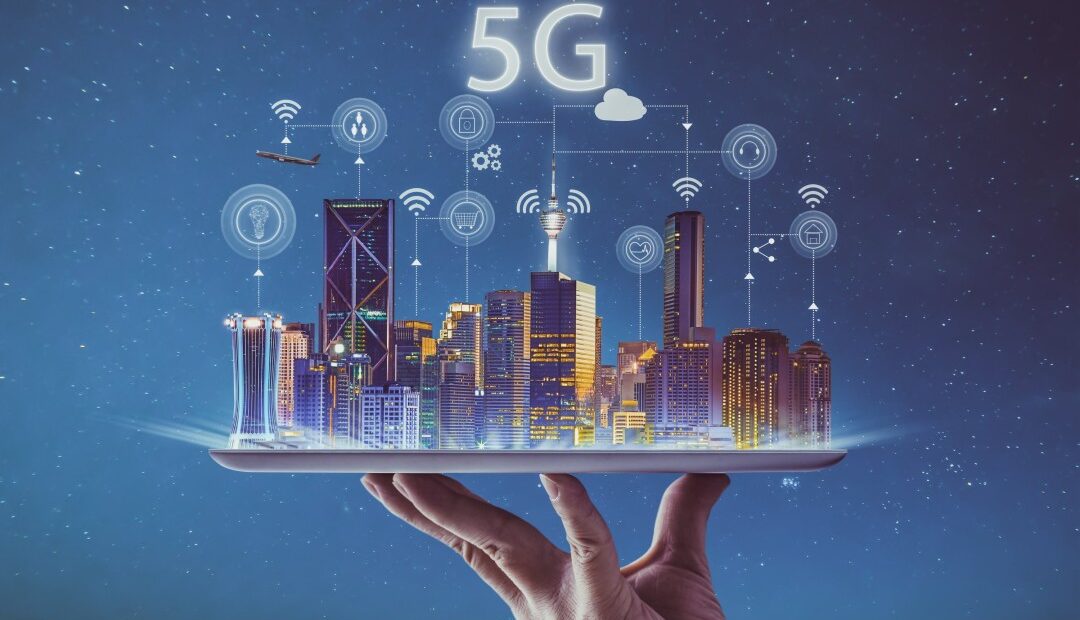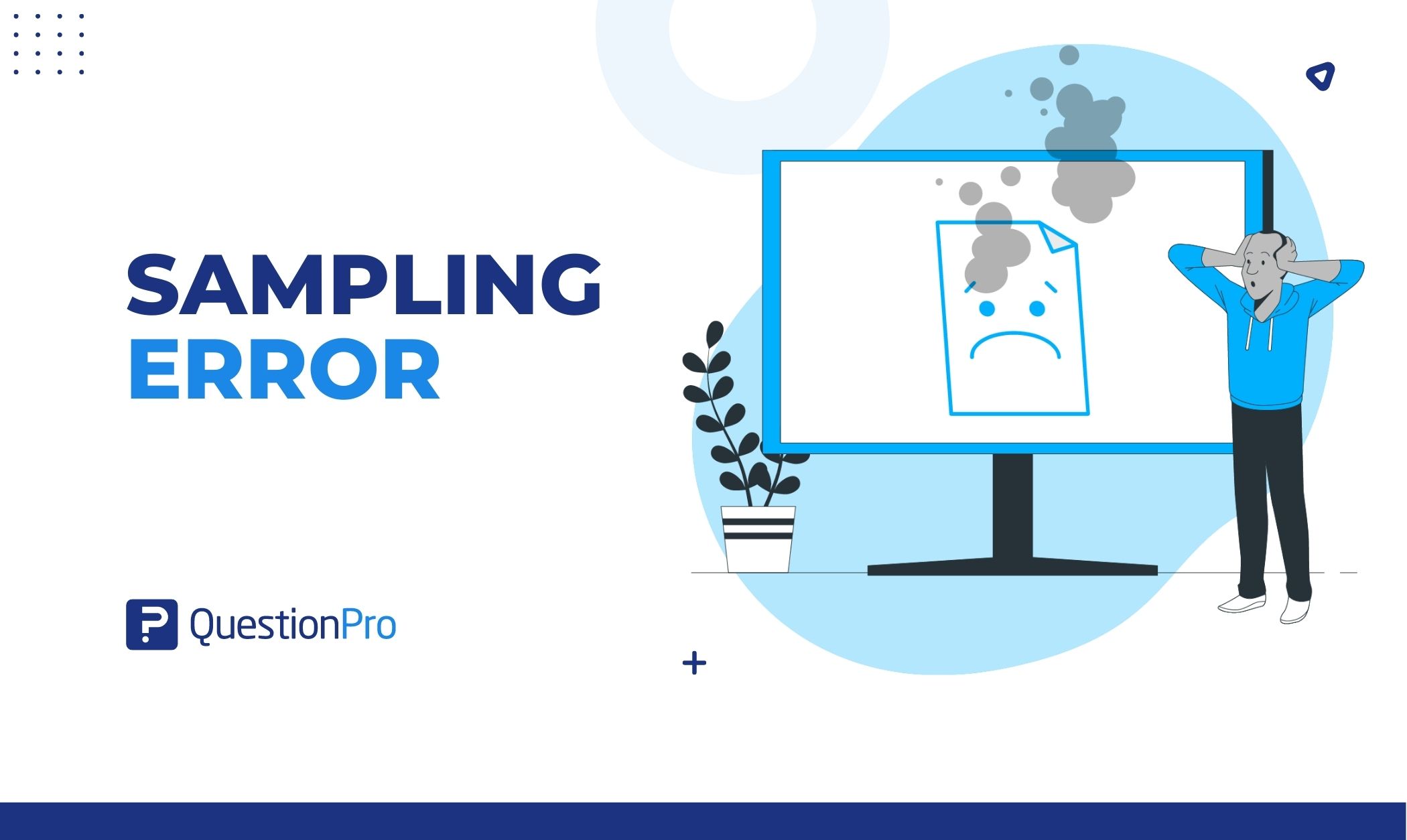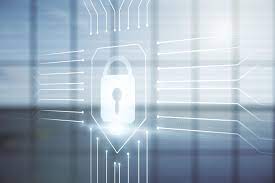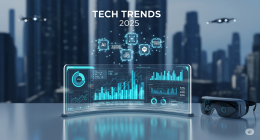Enhanced Connectivity Speeds
Accelerating Data Transfer
5G technology delivers speeds up to 10 Gbps, 100 times faster than 4G, enabling businesses to process data in real time. For example, logistics firms can track shipments instantly, with 5G networks reducing latency to under 1 millisecond, per Ericsson’s 2024 report. In 2025, 70% of global enterprises use 5G for IoT applications, streamlining operations and cutting data transfer delays by 40%, according to Gartner.
Transforming Remote Operations
Empowering Hybrid Workforces
5G’s ultra-low latency and high bandwidth support seamless remote collaboration, critical for hybrid work models. Video conferencing with zero lag and cloud-based workflows, like those on Microsoft Teams, improve productivity by 25%, per a 2025 Deloitte study. Businesses in sectors like architecture leverage 5G to stream 3D models in real time, reducing project timelines by up to 30% for firms adopting 5G-enabled tools.
Driving IoT and Automation
Scaling Smart Systems
The Internet of Things (IoT) thrives on 5G’s capacity to connect millions of devices per square kilometer. Manufacturing plants using 5G-enabled sensors report 20% higher equipment efficiency, per Siemens. In 2025, retailers like Walmart deploy 5G for smart shelves, cutting inventory errors by 15%. This connectivity supports automation, reducing operational costs by 10-20% for industries adopting IoT solutions.
Enhancing Customer Experiences
Personalizing Services
5G enables businesses to deliver immersive, real-time customer experiences. Retailers use augmented reality (AR) apps over 5G to offer virtual try-ons, boosting sales by 12%, per a 2024 Shopify report. Telecom firms like Verizon report 30% higher customer satisfaction with 5G-powered chatbots and instant support, as faster networks enable seamless, data-heavy interactions that enhance brand loyalty.
Boosting Supply Chain Efficiency
Real-Time Tracking and Optimization
5G revolutionizes supply chain management with real-time tracking and predictive analytics. Logistics companies using 5G-enabled GPS and AI reduce delivery times by 15%, per DHL’s 2025 data. Warehouses with 5G-connected robots improve order fulfillment accuracy by 25%, minimizing errors and costs. This efficiency is critical as global supply chain disruptions persist into 2025.
Overcoming Adoption Challenges
Navigating Costs and Infrastructure
While 5G offers transformative benefits, businesses face high initial costs for infrastructure upgrades, averaging $500,000 for mid-sized firms, per IDC. Cybersecurity risks also rise, with 5G networks requiring advanced encryption to counter 20% more IoT-related attacks, per Kaspersky. Partnering with providers like AT&T, which invested $140 billion in 5G by 2024, helps businesses offset costs and ensure secure, scalable adoption.









